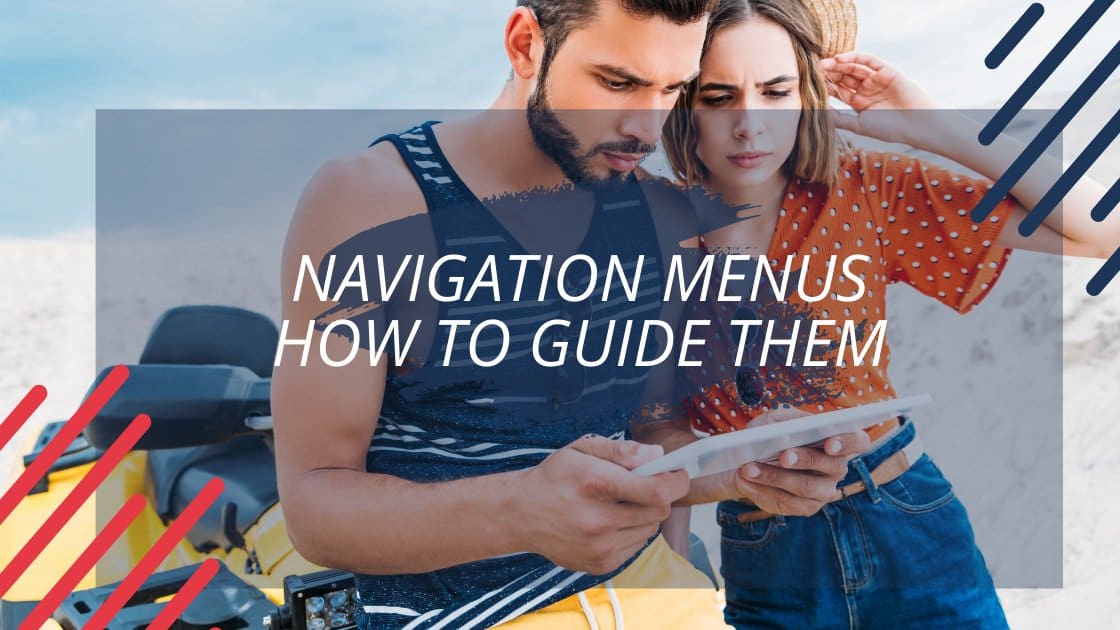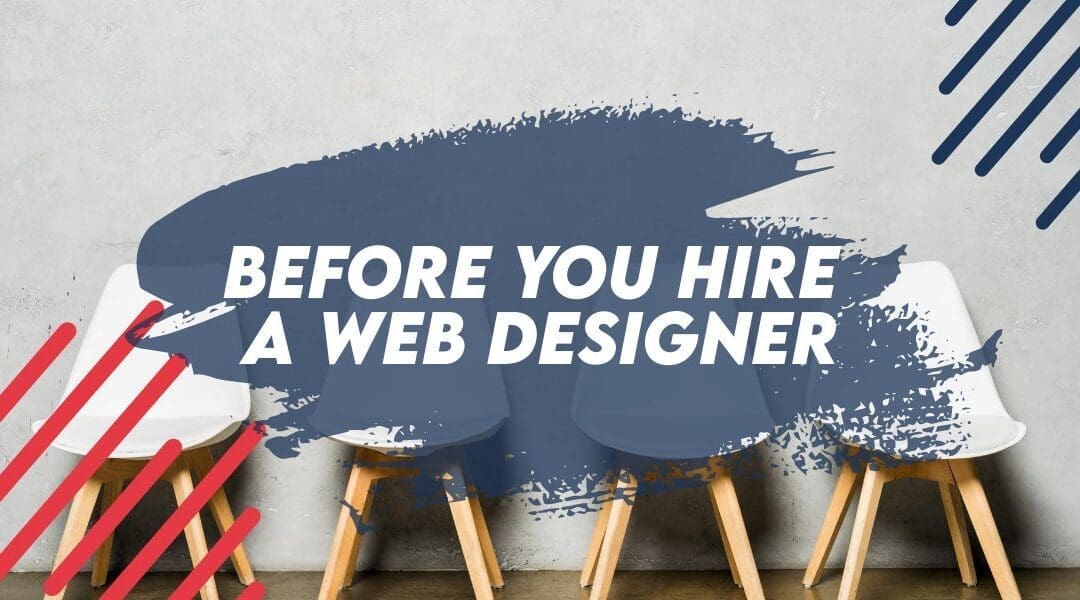So when Charlie (a hypothetical user) arrives at your website or any other internet users, he/she usually wants to find specific information, perform a task, or solve a problem.
By anticipating Charlie’s needs and organizing content to align with their expectations, businesses can improve the user experience.
Where do you start?
Research user behaviour to improve site navigation to help in leading users experience.
By grouping related services or products together on a category page, users can easily find what they need. Implementing helpful features like breadcrumb trails and search bars enhances navigation, allowing users to quickly retrace their steps or locate specific content. Additionally, these features aid in navigation by allowing users to trace their steps back or find specific content more easily.
Enable a seamless user journey that effortlessly directs users from their initial entry to the desired conversion, ensuring clarity at every step. It’s the easy access to the page content they are searching
You confuse you lose!
1. The Basics of Website primary Navigation menu structure
The main navigation menu, often called the home menu, will host your important links, and is the primary guide for visitors, offering direct links to the most important sections of a website.
- Submenus and dropdowns expand from these main menu items, providing access to more specific content within those sections. Great for the major pages on your website. You can also create mega menus for individual pages which can also link off to interior pages, though be careful not to build a Frankenstein menu.
- Breadcrumbs are a secondary navigation aid that shows users their current location on the site and how they got there, allowing for easy backtracking.
- Finally, a footer navigation menu (junk draw), found at the bottom of web pages, often includes links to important but less prominent information like privacy policies, contact pages, and sitemaps.
2. Best Practices for User-Friendly Navigation
To enhance website navigation, make it straightforward and easy to understand, label things clearly, so users know where links will take them, ensure the site works well on smartphones and tablets, add a search option to help users find specific information quickly, and tailor the navigation design to meet the needs of your target audience by testing it with real users.
Some actionable tips for improving website navigation
- Keep it simple and intuitive
- Use clear and descriptive labels
- Optimize for mobile devices
- Include search functionality
- Consider user personas and user testing
- Don’t be afraid of using a dropdown navigation menu

If you look up on our site you will see we love keeping the navigation simple.
3. Common Navigation Mistakes to Avoid
Making navigation menus as complicated as a Rubik’s Cube is a sure-fire way to make users like Charlie scratch their heads in confusion. It’s like hiding the needle in a haystack and expecting people to find it without breaking a sweat. Talk about a wild goose chase! So what are the best ways to go about the development of your website navigation for improved user experience?

Highlighting common pitfalls in website navigation
- Overcomplicating navigation menus
- Using vague or misleading labels i.e. Clicking on “Contact” only to end up on the “About Us” page? How about we play a game of hide-and-seek while we’re at it?
- Ignoring accessibility guidelines – Sorry Charlie, if you can’t jump through hoops blindfolded, this site ain’t for you.” Let’s be inclusive here, shall we?
- Neglecting important pages: Good luck locating that crucial information! It’s like playing hide-and-seek with your own content. Spoiler alert: nobody wins
- Forgetting about responsive design – Oh, and responsive design? Who needs that when you can have a website that looks like an absolute mess on every device known to mankind? Let’s give our users the ultimate experience of zooming in and out just to read two words at a time. Pure bliss! So it might be time to learn how to cook a hamburger navigation menu.
4. Tools and Resources for Improving Website Navigation
Website analytics tools help you understand how website visitors interact with your site, identifying areas like major categories where navigation can be improved. Usability testing platforms allow you to test your website’s navigation with real users to find issues and preferences. Responsive design frameworks ensure your website’s navigation works well on devices of all sizes, from desktops to smartphones. Navigation design inspiration websites offer examples and ideas for creating effective and innovative navigation structures, like the set-up of internal links.
Listing helpful tools and resources for optimizing navigation
- Website analytics tools
- Usability testing platforms
- Responsive design frameworks
- Navigation design inspiration websites
Conclusion
Recapping the importance of user-friendly website navigation and providing a call to action to improve navigation on their own websitesThe Importance of User-Friendly Website Navigation
Website navigation plays a crucial role in providing a positive user experience. A well-designed and user-friendly navigation system helps visitors find the information they need quickly and easily. In contrast, a poorly structured or confusing navigation can frustrate users and drive them away from your site.
Benefits of User-Friendly Navigation
- Improved User Experience: Intuitive and easy-to-use navigation enhances the overall user experience, leading to increased engagement and longer visit durations.
- Higher Conversion Rates: Clear navigation guides visitors towards desired actions, such as making a purchase or filling out a form, resulting in higher conversion rates.
- Better SEO Performance: Well-structured navigation aids search engine crawlers in understanding your website’s content hierarchy, potentially improving your organic search rankings.
Tips for Enhancing Website Navigation
To improve the navigational experience on your website, consider implementing these best practices:
- Simplify Menu Structure: Keep your menu structure simple and logical by using clear labels that accurately represent each page’s content.
- Include Search Functionality: Incorporate a search bar to allow users to quickly find specific information within your website.
- Use Descriptive Link Text: Use descriptive link text that clearly indicates what users will find when they click on it.
- Ensure Mobile Responsiveness: Optimize your website for mobile devices to ensure seamless navigation across different screen sizes.
- Provide Visual Cues: Use visual cues like dropdown menus or breadcrumb trails to help users understand their location within the site.
Frequent Questions
Why is website navigation important for search engine optimization (SEO)?
A: Website navigation plays a crucial role in SEO because it helps search engine crawlers understand the structure and hierarchy of your website’s content. A well-organized navigation system with clear labels and logical menu structures makes it easier for search engines among the world wide web to index your pages, improving your chances of ranking higher in search results.
Why are page headers of the common type important for website navigation?
Answer: Page headers of the common type are crucial for website navigation because they provide clear and immediate context to users about the content of the page. By using familiar and descriptive headers, websites can ensure that visitors can easily navigate through different sections, making the overall user experience more intuitive and efficient. This not only aids in retaining visitors but also contributes to better SEO performance by helping search engine crawlers understand the site’s structure and content hierarchy.
How can optimizing the product category pages improve the navigation of an ecommerce store?
Answer: Optimizing product category pages is crucial for enhancing the navigation of an ecommerce store. By clearly organizing products into logical categories and subcategories, webpage visitors can easily find what they’re looking for, leading to a more intuitive shopping experience for ecommerce sites. This not only improves user satisfaction but also contributes to increased conversion rates. Furthermore, well-structured product category pages help search engines better understand the store’s content layout, potentially boosting SEO performance and driving more organic traffic to the site.
How can implementing a vertical sidebar navigation menu improve the link structure of a website?
Answer: Implementing a vertical sidebar navigation menu can significantly enhance a website’s link structure by providing a clear, hierarchical organization of links. This layout often used on blog posts allows for easy categorization of content, making it straightforward for users to navigate through various sectional pages and landing pages. Additionally, a vertical sidebar can accommodate more links without overwhelming the user, espically if you have various product options, improving the overall accessibility and user experience. By presenting links in a logical order, it also aids search engines in understanding the site’s structure, potentially benefiting SEO performance.
Summary
User-friendly website navigation is crucial for providing a positive user experience. It involves creating intuitive navigation systems, simplifying menu structures, and using clear labels to guide users effectively. By avoiding common mistakes such as overcomplicating menus and neglecting responsive design, websites can improve user satisfaction and engagement.
Final Key Points
- To enhance user experience, your websites should focus on creating intuitive and easy-to-use navigation systems.
- Best practices include simplifying menu structures, incorporating search functionality, and ensuring mobile responsiveness. We love simple menus look at ours only three items!
- Common navigation mistakes to avoid include overcomplicating menus, using vague labels, and neglecting responsive design.
- Tools like website analytics, usability testing platforms, and responsive design frameworks can help improve navigation.
- User-friendly navigation benefits include improved user experience, higher conversion rates, and better SEO performance.






